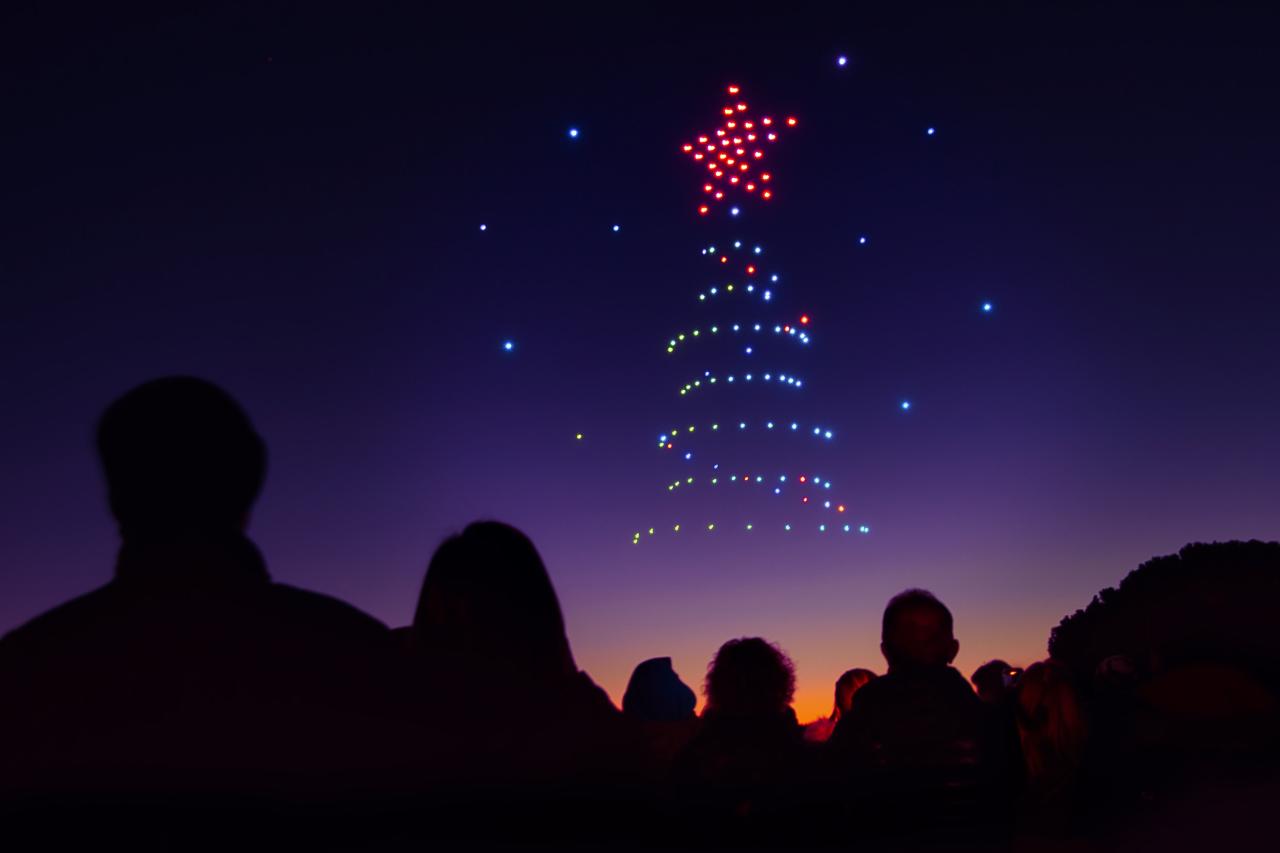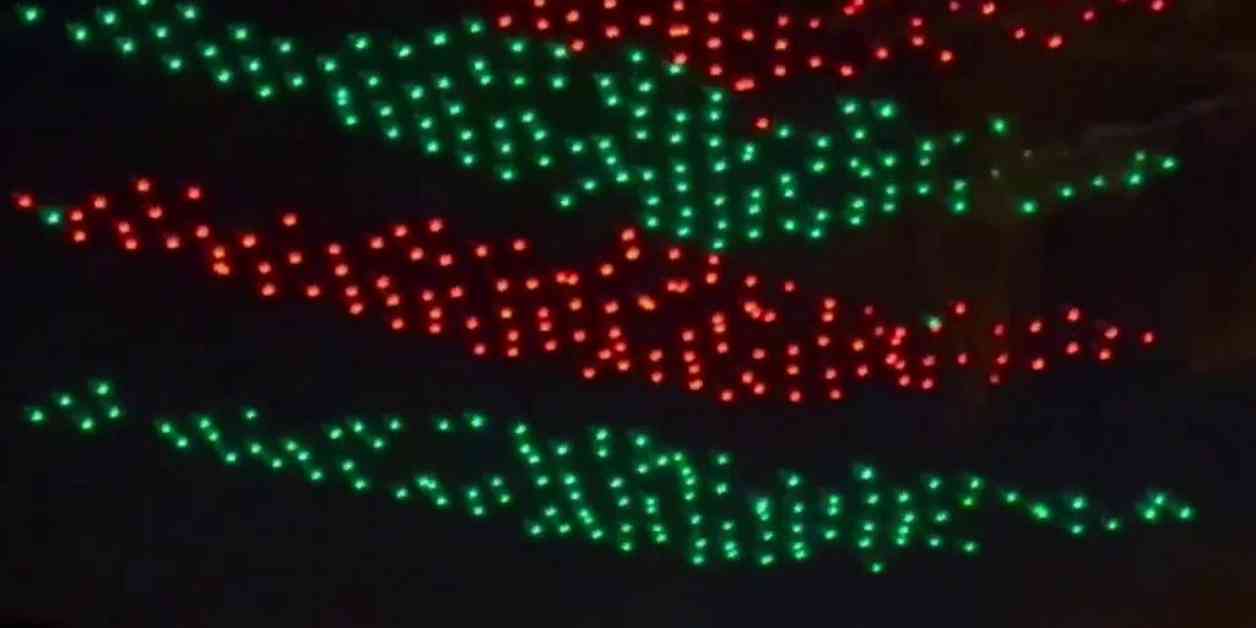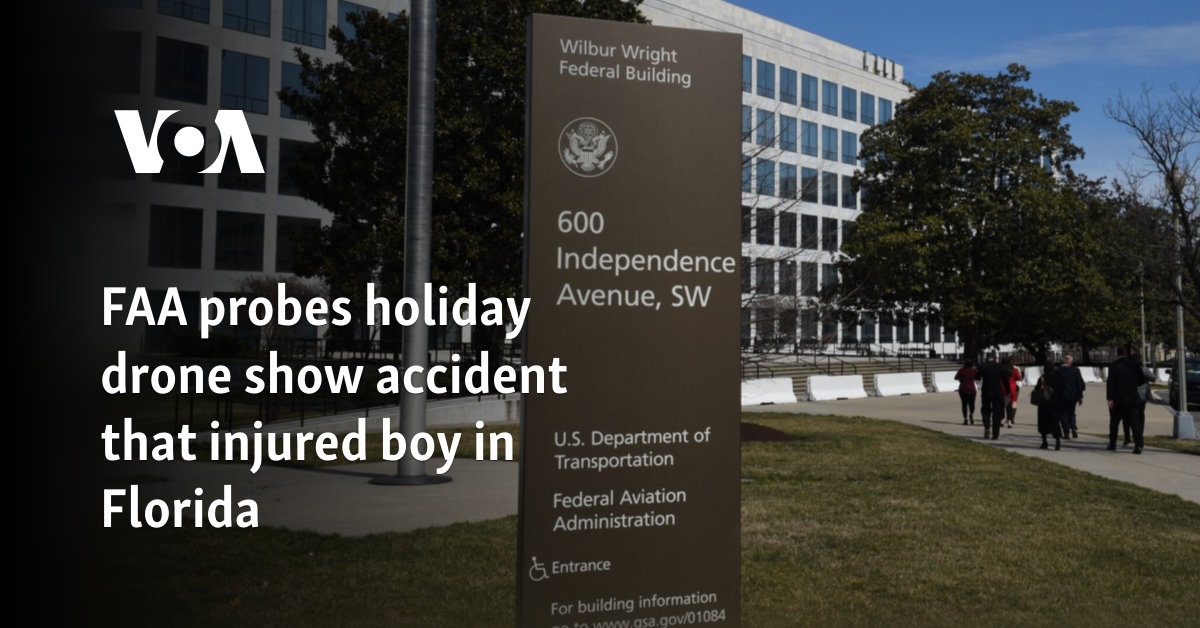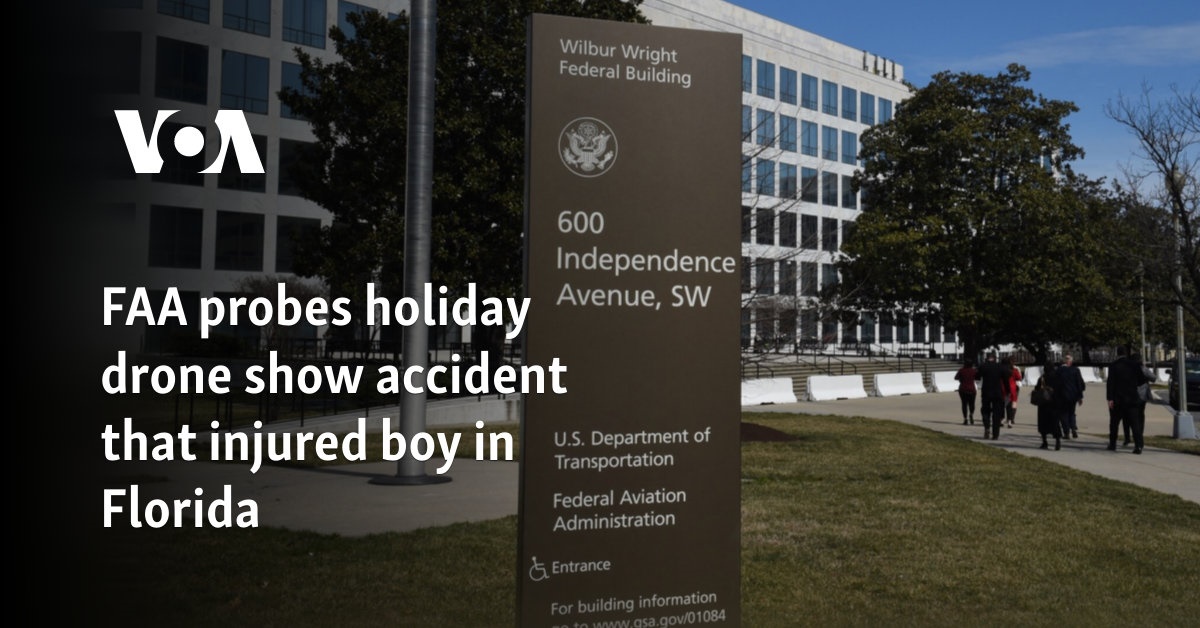Drone show accidents, while relatively rare, highlight the inherent risks associated with large-scale drone operations. This analysis delves into the various factors contributing to these incidents, from technological malfunctions and human error to environmental conditions and regulatory oversight. Understanding these contributing factors is crucial for enhancing safety protocols and mitigating future risks within the burgeoning drone show industry.
We will explore the diverse types of accidents, including mid-air collisions, malfunctions, and weather-related disruptions, examining their frequency and underlying causes. Furthermore, we’ll investigate the crucial role of safety regulations, pilot training, and technological advancements in preventing accidents. Case studies of past incidents will illuminate the real-world consequences of negligence and highlight best practices for future drone show operations.
Drone Show Accidents: A Comprehensive Analysis

Drone shows, while visually stunning spectacles, carry inherent risks. Accidents, though infrequent, can range from minor malfunctions to catastrophic events involving multiple drones and potential property damage. Understanding the causes, implementing robust safety protocols, and leveraging technological advancements are crucial to minimizing these risks and ensuring the continued safe development of this rapidly growing entertainment sector.
Types of Drone Show Accidents
Drone show accidents can be broadly categorized into malfunctions, collisions, and weather-related incidents. Each category encompasses various contributing factors that require careful consideration.
| Type of Accident | Description | Frequency (Estimate) | Contributing Factors |
|---|---|---|---|
| Malfunctions | Failures in drone systems, including motors, batteries, GPS, or flight controllers. | High (relative to other categories) | Manufacturing defects, component wear, software glitches, inadequate pre-flight checks. |
| Collisions | Mid-air collisions between drones, often during complex maneuvers. | Moderate | Insufficient spacing, loss of communication, pilot error, GPS inaccuracies. |
| Weather-Related Incidents | Accidents caused by adverse weather conditions such as strong winds, rain, or fog. | Low (but potentially high impact) | Inadequate weather monitoring, failure to abort the show in inclement weather. |
Drone malfunctions can stem from various sources, including motor failures leading to uncontrolled descent, battery issues causing sudden power loss, GPS signal disruptions resulting in inaccurate positioning, or flight controller malfunctions causing erratic behavior. These malfunctions are often amplified during complex choreographed sequences, demanding precision and rapid responses from the control system.
Mid-air collisions present a significant risk, particularly during high-density performances involving numerous drones executing intricate maneuvers in close proximity. Factors like inadequate spacing between drones, communication system failures, and pilot errors significantly increase the probability of such collisions. The speed and complexity of the choreography further exacerbate the risk.
Safety Protocols and Regulations
Establishing comprehensive safety protocols and adhering to stringent regulations are paramount to mitigating risks associated with drone shows. These protocols should encompass pre-flight checks, pilot training, and well-defined emergency procedures.
- Rigorous pre-flight checks of all drones and equipment.
- Extensive pilot training, including simulator practice and real-world experience.
- Establishment of clear communication channels between pilots and ground control.
- Development of detailed emergency procedures for various scenarios.
- Implementation of redundant systems to mitigate single points of failure.
- Comprehensive weather monitoring and contingency plans for adverse conditions.
A hypothetical safety protocol for a large-scale drone show might involve a dedicated team comprising lead pilot, safety officer, technical support personnel, and communication specialists, each with clearly defined roles and responsibilities. The lead pilot oversees the show’s execution, the safety officer monitors for potential hazards, technical support addresses equipment malfunctions, and communication specialists ensure seamless communication between all parties.
Safety regulations for drone shows vary significantly across countries and regions. Some jurisdictions have specific licensing requirements for drone pilots, while others focus on airspace restrictions and operational limitations. Harmonizing these regulations globally would contribute to enhanced safety standards.
Recent drone show accidents highlight the need for robust safety protocols. The potential for mishaps underscores the importance of high-quality monitoring equipment, such as the advanced technology found in the cobequid pass camera , which could offer improved surveillance capabilities. Ultimately, minimizing the risk of future drone show accidents relies on continuous technological advancements and rigorous safety regulations.
Technological Factors Contributing to Accidents

Technological limitations of drones can contribute to accidents. These limitations often involve the reliability and precision of the drone’s systems and their interaction with the environment.
GPS and communication systems play a crucial role in preventing accidents. GPS inaccuracies can lead to drones deviating from their intended flight paths, increasing the risk of collisions. Communication failures can render drones unresponsive to control commands, resulting in uncontrolled flight. In contrast, robust GPS and communication systems are critical for precise positioning and reliable control of multiple drones simultaneously.
Consider a scenario where a software glitch in the flight control system causes a group of drones to simultaneously malfunction during a complex synchronized sequence. The glitch could result in a cascading effect, leading to multiple collisions and a complete show failure. The aftermath would involve a significant loss of equipment and potentially reputational damage for the organizers.
Recent drone show accidents highlight the inherent risks in these spectacular displays. The potential for technical malfunctions underscores the need for rigorous safety protocols, a point emphasized by the meticulous planning evident in events like the orlando drone show , which serves as a benchmark for best practices. Ultimately, minimizing accidents requires continuous improvement and adherence to stringent safety regulations.
Human Factors Contributing to Accidents, Drone show accident

Human error remains a significant contributor to drone show accidents. Inadequate training, pilot fatigue, poor decision-making, and distractions can all lead to accidents.
Pilot fatigue can impair judgment and reaction time, increasing the likelihood of errors during critical maneuvers. Similarly, distractions, such as unexpected events or communication issues, can divert a pilot’s attention, leading to lapses in control.
- Pilot error (most significant impact)
- Inadequate training
- Poor decision-making under pressure
- Lack of situational awareness
- Communication failures
Mitigation Strategies and Future Developments
Improved drone technology and enhanced safety procedures can significantly reduce the risk of accidents. This includes advances in drone autonomy, communication systems, and real-time monitoring capabilities.
Methods for enhancing communication and coordination between drones and their operators include the use of redundant communication channels, improved data transmission protocols, and the implementation of advanced error correction techniques. These methods ensure reliable communication even in challenging environments.
A real-time monitoring and control system for multiple drones could incorporate features such as:
A centralized control system with advanced collision avoidance algorithms, real-time tracking of each drone’s position and status, automated emergency response protocols, and a user-friendly interface for operators to monitor and control the entire drone fleet. The system would leverage redundant communication channels and advanced sensor data fusion to provide a robust and reliable solution.
Case Studies of Drone Show Accidents

A significant drone show accident might involve a software glitch causing multiple drones to lose control during a nighttime performance. The resulting collisions could cause some drones to fall to the ground, potentially damaging property or injuring spectators. The aftermath would involve a thorough investigation to determine the root cause of the malfunction and implement corrective measures to prevent future incidents.
An accident resulting in significant property damage might involve a loss of control leading to drones crashing into a nearby building or structure. The circumstances could include unexpected weather conditions or a failure in the communication system. The consequences could include extensive property damage, potential injuries, and legal repercussions for the show organizers.
Visual representation of a drone show accident scene: Imagine a darkened stadium with several drones scattered on the field, some tilted or damaged. A few drones are still airborne, attempting to land erratically. The control booth is illuminated, indicating the ongoing chaos and attempts at damage control. Debris from damaged drones is visible on the ground.
The increasing popularity of drone shows necessitates a proactive approach to safety. By understanding the multifaceted nature of drone show accidents— encompassing technological limitations, human error, and environmental factors— we can develop robust mitigation strategies. Improved technology, enhanced safety protocols, and rigorous pilot training are essential steps towards ensuring the continued growth of this exciting industry while minimizing the risk of future incidents.
Ultimately, a collaborative effort involving manufacturers, operators, and regulators is key to making drone shows both spectacular and safe.
Drone show accidents, while relatively rare, can have significant consequences, impacting both the audience and the event organizers. Understanding the potential risks involved is crucial, and a recent incident highlighted the need for improved safety protocols. For a detailed account of a specific case, please refer to this report on a drone show accident , which offers valuable insights into preventing future occurrences.
Such accidents underscore the importance of rigorous planning and adherence to safety regulations in drone show operations.
Questions Often Asked: Drone Show Accident
What is the most common type of drone show accident?
While data is limited, malfunctions (e.g., GPS failure, motor failure) and mid-air collisions appear to be frequently cited causes.
What insurance coverage is available for drone show operators?
Liability insurance is crucial for drone show operators to cover potential damages caused by accidents. Specific coverage varies depending on the operator’s location and the scale of the show.
How are drone shows regulated in different countries?
Regulations vary significantly. Some countries have comprehensive frameworks, while others are still developing their regulatory approaches for large-scale drone operations. It’s essential to check local aviation authorities for specific rules and requirements.
What is the future of drone show safety technology?
Advancements in autonomous flight systems, improved communication protocols, and real-time monitoring systems are expected to significantly enhance drone show safety in the coming years.
